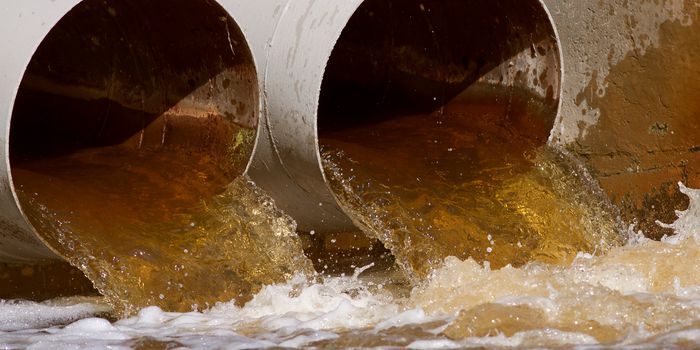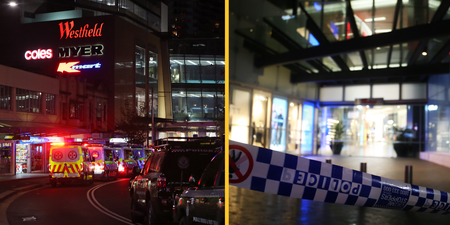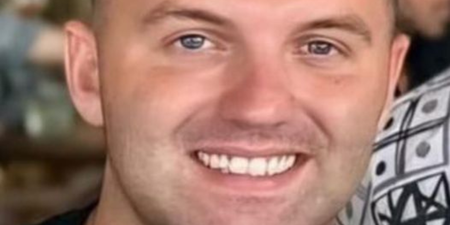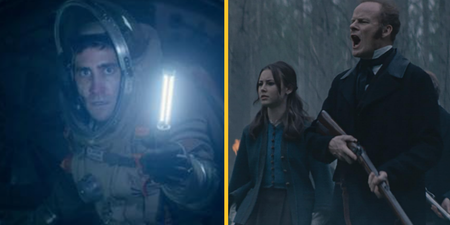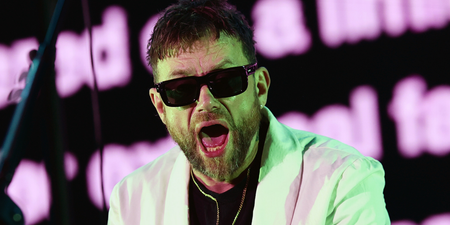The report also found 113 urban areas where improvements are needed to resolve environmental priorities identified by the EPA.
Raw sewage is released into the environment every day in 35 towns and villages across Ireland, according to an Environmental Protection Agency (EPA) report.
In a report on urban wastewater treatment in Ireland, the EPA said Ireland failed to meet the EU standards set to prevent pollution in 19 of Ireland’s 172 large towns and cities.
This figure is down from 28 from the year before, but the EPA said the remaining 19 areas generate more than half of Ireland’s sewage.
These include the greater Dublin area, served by the Ringsend treatment plant, which is of significant concern because it produces almost half (44%) of Ireland’s wastewater.
The report also found 113 urban areas where improvements are needed to resolve environmental priorities identified by the EPA, as well as eight areas where wastewater is the main significant threat to inland and coastal waters at risk of pollution.
The EPA was also critical of Irish Water’s response to the issue, stating Irish Water had no clear action programme or timeframe to improve wastewater treatment in half the areas where wastewater is a significant threat to inland and coastal waters at risk of pollution.
However, it did say that some progress was evident, with improvements in wastewater treatment being made in nine towns and villages.
But the EPA said of the 35 towns and villages which continue to discharge raw sewage every day, just two of these areas are planned to be connected to treatment by the end of 2021.
Irish Water said that while it is making “real and tangible progress”, delivering new wastewater infrastructure provided a range of challenges which meant a lengthy timeline for each project.
“We are making real and tangible progress working with local communities to deliver critical infrastructure which has suffered from years of historic underinvestment,” Managing Director of Irish Water, Niall Gleeson said.
“Since 2014 we have made considerable progress in removing 130 areas from the priority area list, and have plans for the majority of the remaining 113 areas. We are always striving to prioritise the best possible service improvements, while maximising value-for-money with funding available.
“Progress across a portfolio of projects has been slower than anticipated as we deal with an unprecedented level of statutory and planning issues. The list of projects and programmes is continuously being refined based on new and emerging needs and is subject to budget, technical and environmental constraints, as well as statutory approval.
“Delivering new infrastructure where it never existed presents a range of challenges – from competing investment priorities, to community support, to planning consents in addition to land acquisition which can take to up to two years for just one project. Indeed, there is a concerning upward trend in the number of acquisitions subject to CPO orders which remains a last resort.”
LISTEN: You Must Be Jokin’ with Aideen McQueen – Faith healers, Coolock craic and Gigging as Gaeilge
